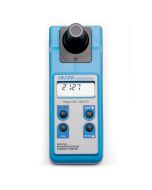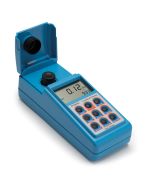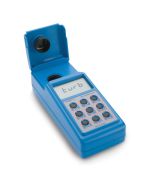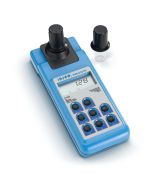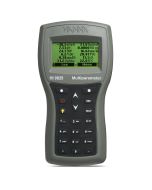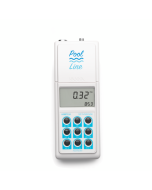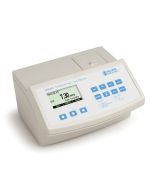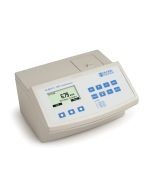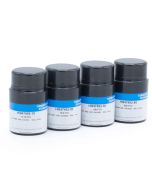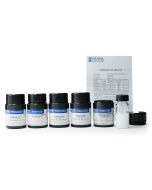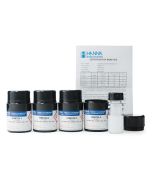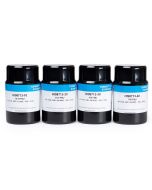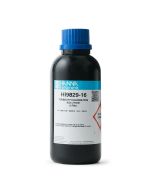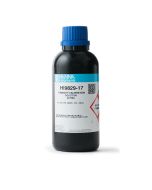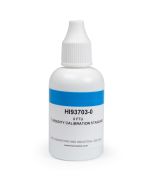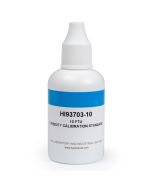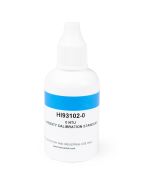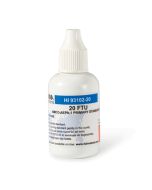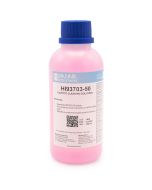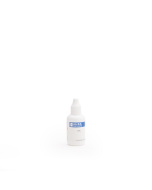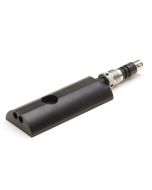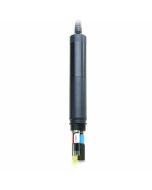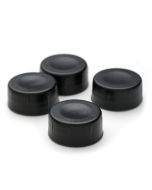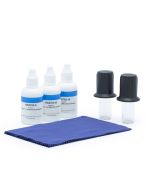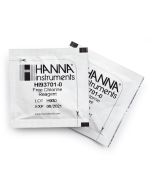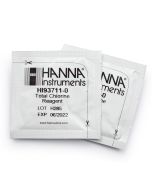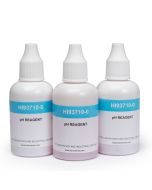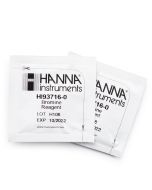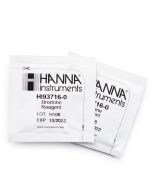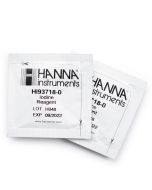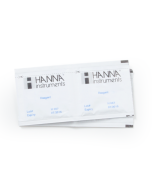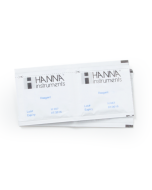Turbidity

Turbidity of water is an optical property that causes light to be scattered and absorbed, rather than transmitted. The scattering of light that passes through a liquid is primarily caused by suspended solids. The higher the turbidity, the greater the amount of scattered light. Even a very pure fluid will scatter light to a certain degree; no solution has zero turbidity.
There are different measurement standards used based on applications, and with these standards are applied units. The ISO standard adopted the FNU (Formazin Nephelometric Unit) while the EPA uses the NTU (Nephelometric Turbidity Unit).Other units include the JTU (Jackson Turbidity Unit), FTU (Formazin Turbidity Unit), EBC (European Brewery Convention Turbidity Unit) and diatomaceous earth (mg/L SiO2).
There are three analytical test methods for turbidity:
- ISO 7027 “Water Quality: Determination of Turbidity”
- USEPA Method No.180.1, “Turbidity”
- Seawater and Wastewater No.2130, “Turbidity”
Specific wavelengths are recommended for each method. For the USEPA and Standard Methods, the wavelength in the visible range of the spectrum is recommended, where the European ISO method requires an infrared light source.
Portable Meters
Portable turbidity meters include versions based ISO and EPA methods. Meters based on the EPA method display results as NTU. A portable meter based on the EPA method is also available to measure chlorine. Meters based on the ISO method display results as FNU. In this category are portables that can measure additional parameters along with turbidity and a version made for bentonite monitoring in wine and haze in beer. The haze meter that can display results as FTU, EBC, ASBC, and HELM.
Benchtops
Benchtop turbidity meters include versions based ISO and EPA methods. Meters based on the EPA method have NTU, Nephelos, and EBC as units of measure. A benchtop based on the EPA method is also available to measure chlorine. Meters based on the ISO method can display results as FNU, FAU, NTU, and EBC.
Solutions
The nephelometric turbidity meter is designed to be routinely standardized with a known light scattering standard. Standards and reference materials should be produced and characterized in a technically competent manner and should be homogenous, stable, certified, and have available a known uncertainty of measurement. Presently, there are at least two standards recognized and approved by the USEPA, Standard Methods, ASTM, and other regulatory agencies; these are formazin and AMCO AEPA-1.
Formazin is an aqueous suspension of an insoluble polymer formed by the condensation reaction between hydrazine sulphate and hexamethylenetetramine. Although formazin was suggested as a turbidity standard as early as 1926, it has many limitations, such as its high toxicity, low shelf life, quick rate of settling and easy agglomeration. Fortunately, since 1982, there is a standard available which overcomes the shortcomings of formazin. This has been developed by the American company, Advanced Polymer Systems, and is a suspended mixture of styrene divinylbenzene polymer spheres. These standards have the following characteristics:
Stability: AMCO AEPA-1 turbidity standards are a stabilized suspension of cross-linked styrene divinylbenzene copolymer microbeads in ultrapure water. These beads are chemically inert and keep their chemical balance in a water medium regardless of concentration. The size scatter of the beads only ranges from 0.06 to 0.2 microns. This small size accounts for random Brownian movement of these beads in suspension, keeping them in constant motion and totally dispersed within the ultra pure water matrix.
Physical properties: Particle size, uniform shape and refractive index make these spheres ideal to characterize light absorption and scatter for 90° behavior in the UV-VIS range. In addition, the bead’s spherical shape and size impedes the agglomeration or precipitation of the standard. For these reasons, the AMCO AEPA-1 standards are very stable.
Reliability: These standards are prepared and bottled in a clean room facility. They are tested for accuracy and stability, fully validated before bottling, and free from any toxic or carcinogenic chemicals or compounds.
Hanna provides AMCO AEPA-1 standards for turbidity calibration.
Accessories
Accessories for turbidity measurement include silicone oil for polishing the cuvettes to reduce interferences from scratches. Also available are replacement cuvettes, cleaning solution, and microfiber cloths.
Reagents
In this category are the colorimetric reagents used with turbidity meters that also perform measurement for chlorine, iodine, cyanuric acid, bromine, and iron.

